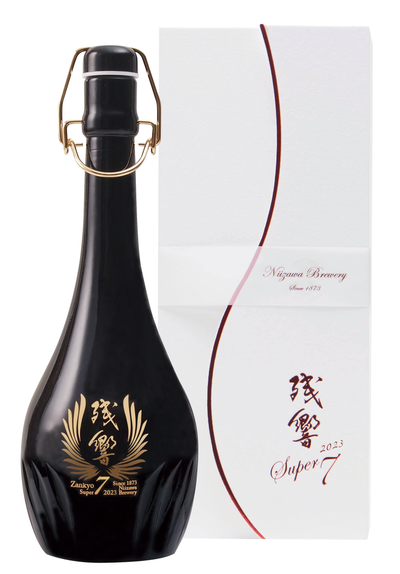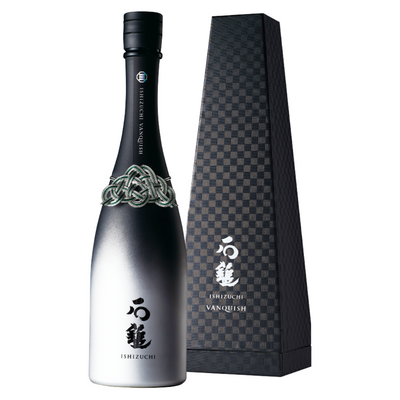Sake knowledge: How to pronounce sake
Sake - the correct pronunciation
With a lot of lean words that made it into the common English vocabulary like sushi, karaoke or karate, the pronunciation can largely differ from the original Japanese pronunciation. This phenomenon is not only unidirectional. Japanese would order a “bi-ru” at the bar or eat a “hanba-ga” at the local fast food restaurant.
For the word “sake” pronouncing it "sah-keh", rather than "sah-kee", will get you very close to the original Japanese pronunciation. By just adjusting the last syllable, saying it like native speaker should not be a major problem.
Salmon and Sake?
In the Japanese language words with the exact spelling, but different reading through intonation frequently exist. Sake is one example. The intonation of Japanese words is hard to generalize as regional differences in accents make it difficult to give a clear answer.
Sake can be both alcohol (酒) or salmon (鮭). The pronunciation of salmon might start with a high pitch on the first syllable, whereas alcohol has a flat intonation. In order to avoid confusion salmon is often pronounced as "sha-ke". To be on the safe side it might be easier to learn and use other more descriptive terms like “sa-mon” (サーモン, salmon) or “nihonshu” (日本酒, sake).

In Japanese Sake is not Sake
When ordering “sake” in Japan most staff at local izakayas or sake bars will serve you sake. But sometimes it might lead to confusion. Here is why: “sake” literally means “alcoholic drink,” so by the Japanese definition whiskey, beer and cocktails can be all described as “sake”.
Instead, in Japanese the word “nihonshu” (日本酒) is commonly used. It stands for “Japanese alcohol” symbolizing the importance of sake as the national alcohol beverage. Sometimes you will also find 清酒 (read “seishu”) on the sake bottle labels. “Seishu”, which literally means “pure alcohol”, is the official name for sake in the Japanese tax law.
Evolution of the Sake kanji
Those familiar with sake and other Japanese alcoholic beverages might have seen the kanji character:

With some imagination it even looks like a sake bottle. The right part of the sake kanji is derived from the traditional fermentation jars that were half covered with dirt. The three strokes on the left are the condensed illustration of the kanji character water, highlighting the high percentage of water (80%) used in the sake brewing process.





Leave a comment